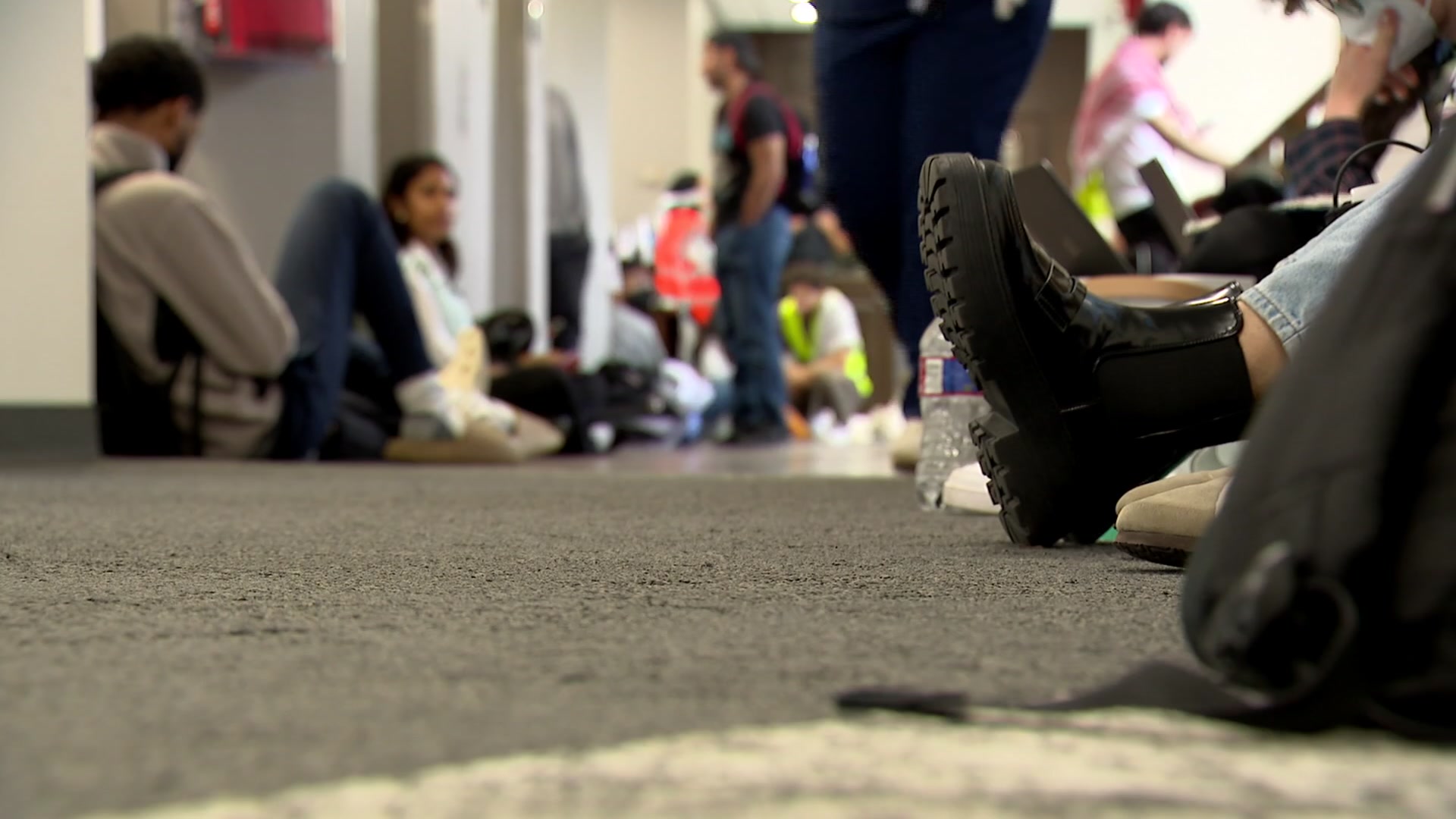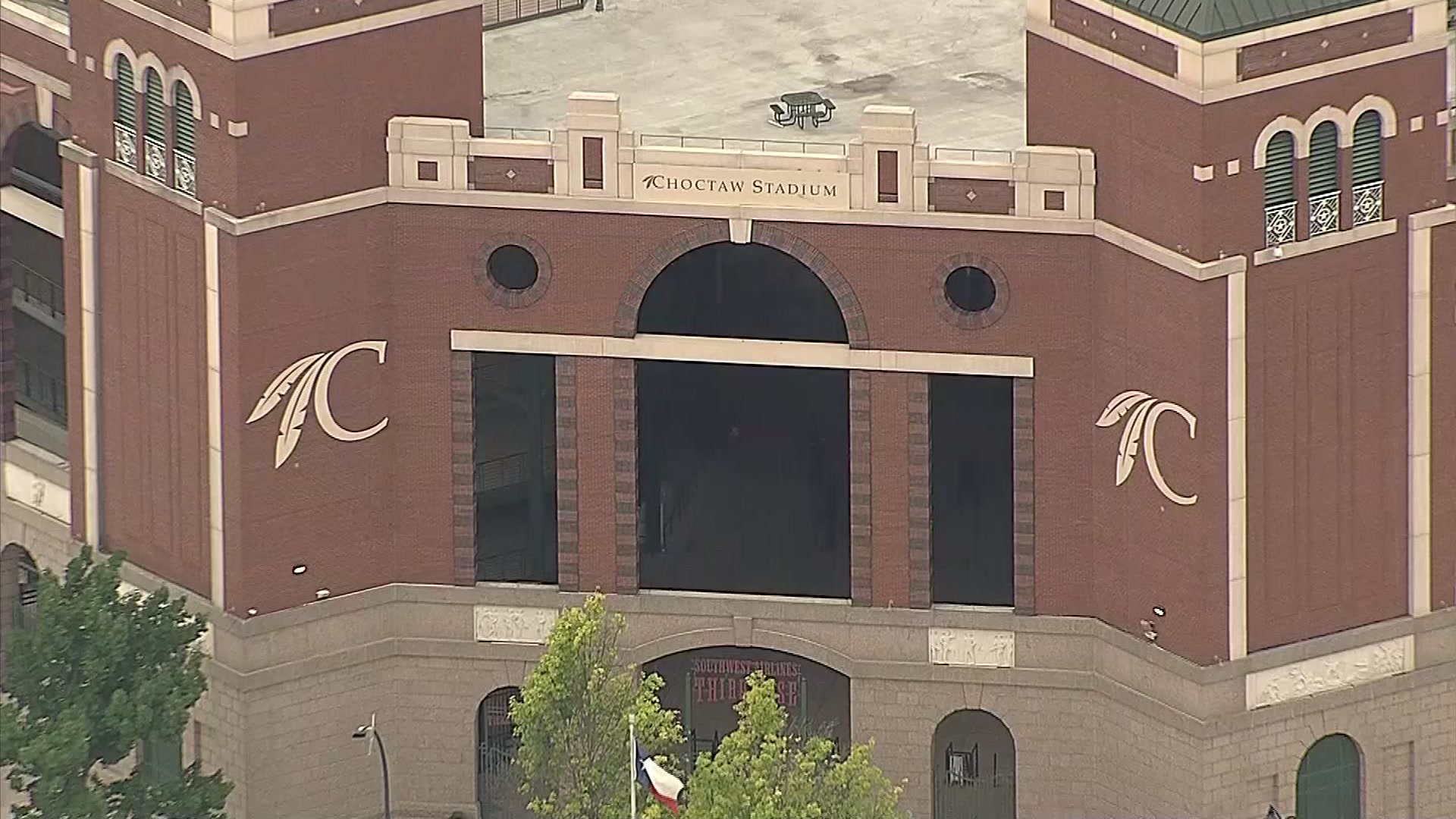Daylight Saving Time ends Sunday, Nov. 3, so get ready to change all the clocks back an hour at 2 a.m. — you'll get an extra hour of sleep that night, but you'll also lose an hour of evening light.
Had the Texas Senate not let the bill die, voters may have been able to say this would be the last time we'd observe the end of DST in Texas — but inaction killed the bill, the question will not go before voters in Tuesday's election and we'll move the clocks forward again on March 8, 2020.
In observance of daylight saving time, here are some things you may not have known about this event.
It Has an Impact on Your Health
Switching in and out of daylight saving can disturb people’s sleeping routines, making them more restless at night, according to U.S. News and World Report. However, morning people tend to be less bothered by the changes. Studies have shown that during the first week of daylight saving time, a spike in heart attacks takes place. Some experts suggest, according to the report, that the loss of an hour’s rest may make people more vulnerable to an attack. Nonetheless, when people get an extra hour in the fall, the incidents of heart attacks are less than usual.
DST is Singular, Not Plural
By the way, it's "daylight saving time," not "daylight savings time."
Not Everyone is a Fan of DST
Hawaii and Arizona, along with U.S. territories Puerto Rico, Guam, American Samoa and the Virgin Islands did not turn forward their clocks last spring. Utah wants to get rid of the time switch, too. More than 40 percent of respondents to a November 2014 Rasmussen Reports poll said they saw no need for the clock changes.
DST Origin is Murky
Some say, like NASA, that the notion of daylight saving time was introduced by none other than one our founding fathers, Benjamin Franklin. The idea was to take advantage of daylight hours by moving the clock backward in the fall and forward in the spring. Others, like the History Channel, say Franklin did not come up with the idea of daylight saving time; he only suggested a change in sleep schedules. Englishman William Willett is the one who suggested in 1905, long after Franklin's death, that the United Kingdom move its clocks forward by 80 minutes between April and October, so people could enjoy the sunlight. He published "The Waste of Daylight" and spent much of his fortune and time promoting the idea.
Local
The latest news from around North Texas.
Presidents Love Daylight Saving Time Laws
Daylight saving time has been used throughout most of the U.S., Canada and Europe since World War I, but it wasn’t until 1966 that President Lyndon B. Johnson decided to implement a law stating that daylight saving time would begin the last Sunday of April and end on the last Sunday of October every year. The law allows some states to opt-out. In 2005, President George W. Bush extended the daylight saving time for an extra four weeks through an energy bill policy. Since 2007, Daylight Saving Time begins on the second Sunday of March and ends on the first Sunday of November.



